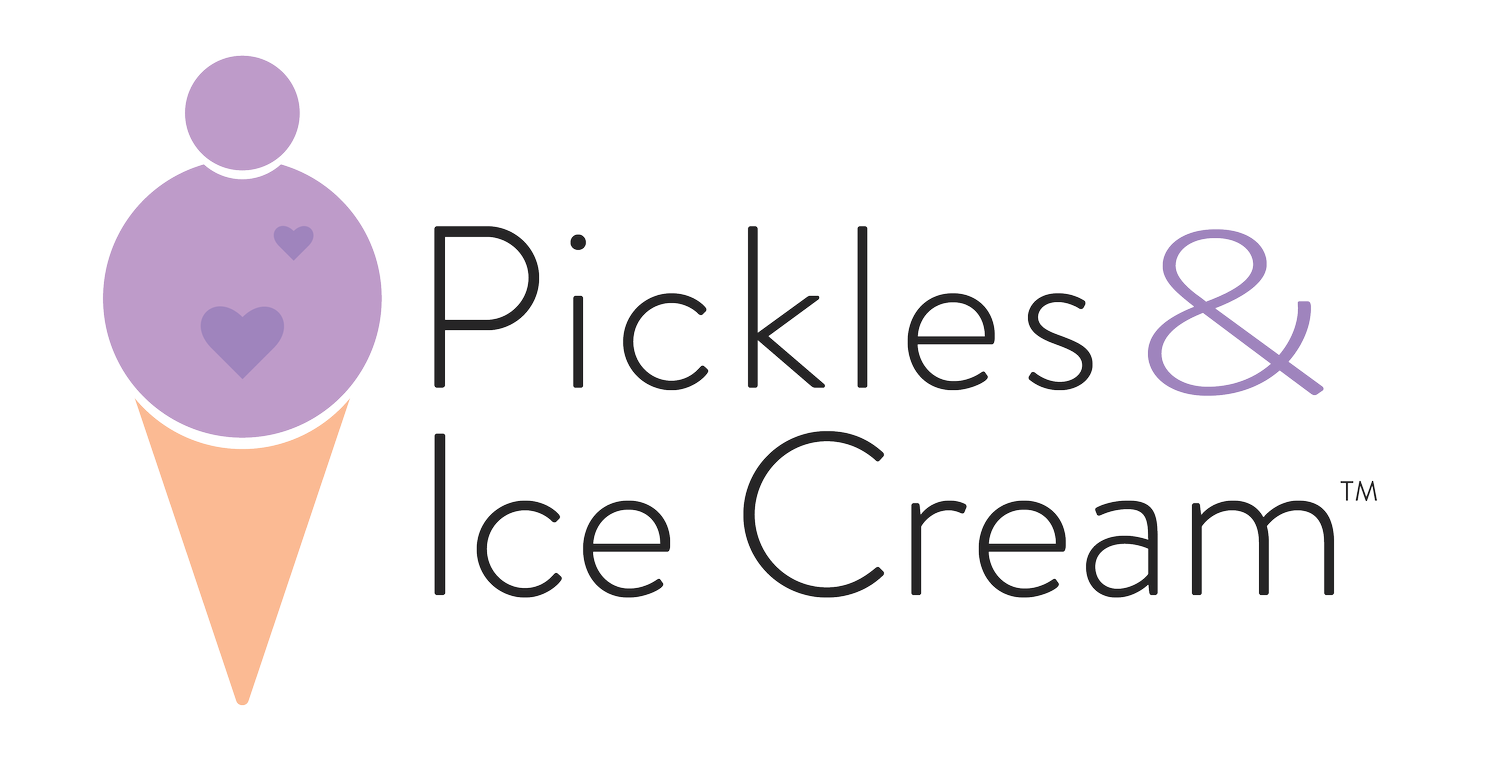Managing Labor Pains
➝ There are lots of options to consider for pain management during labor.
➝ Some are medical and some are not. There is no right or wrong way to labor, just what's right for you!
It’s time. You’ve been waiting for months, creating a life with every breath you took, every bite you ate, every step you took (or didn’t take), and the time is finally here. You’ve made it to this point, so let’s get you to the finish line.
This just in: labor hurts. A lot. With that in mind, there are ways to help manage labor pains, both medical (epidural) and non-medical. There are other forms of pain management that don’t necessarily involve medication. Keeping that in mind, if you choose to select a non-medical form of pain management, please speak with your doctor/midwife to make sure that it is the right option for you.
Here are some options to consider as you approach your very own finish line.
Epidural
Probably the most popular form of pain management in the birthing process, an epidural is a local anesthetic meant to relieve pain by blocking nerve impulses. Basically, an epidural involves a numbing of the lower half of your body. It may sound a bit scary, but it’s actually quite common with 50% of hospital births involving an epidural. So, how’s it done?
IV fluids start before active labor starts and the epidural is given by an anesthesiologist. You’ll then be positioned, lying on your left side, and a needle will go into you lower back. A catheter (a small tube) is threaded through the needle, into the epidural space, and the needle is removed. The catheter remains in order to receive regular medication.
Epidurals can provide you with the opportunity to rest during labor and be more actively aware when actually giving birth. That being said, it’s also important to note the potential risks. Epidurals can result in a sudden drop in blood pressure and the need to change sides while lying down to avoid a slowed labor. Epidurals can also cause backaches, nausea, shivering, and difficulty urinating.
Water Immersion
Water immersion involves sitting in a bath of warm water throughout the stages of your labor. While the first stage of labor is experiencing contractions, the second stage is the stage in which the baby is actually born. Some people choose to do water immersion during the first stage of labor which may be associated with a shorter labor time, some do it throughout the entirety of their labor and birth. It can be used with or, if the pregnancy is uncomplicated and has been brought to term, as an alternative to an epidural. Studies have shown a connection between first and second stage water immersion and fewer episiotomies (less risk of tearing during birth).
Keep in mind, you cannot have an epidural in place at the time of water immersion, nor can you be eligible if you have a bloodborne infection, such as HIV or hepatitis. Additionally, it is imperative that you’ve had a complication-free pregnancy that has met the gestational age of 37 weeks in order to do this as preterm babies would require constant monitoring.
Ambulation
Ambulation is basically a fancy way of saying “to move around.” Ambulation involves walking, dancing, and anything that involves changing places while in labor. It may even sometimes seem natural to want to move while in labor, and if that’s what your body is telling you to do, don’t be afraid to listen to it.
It is recommended to practice ambulation throughout the third trimester, as a means of becoming more comfortable with the movement. Ambulation has the potential to reduce labor pains, promote labor by encouraging fetal descent, and improve overall comfortability with labor.
Massage
Massage therapy can be used both during labor and during pregnancy as a means of lowering anxiety and symptoms of depression, as well as aiding with management of joint and body aches. Swedish massage, specifically, is ideal for during pregnancy.
In fact, studies have shown that massage during pregnancy can also impact hormones and is associated with relaxation and lowered stress levels. This contribution to less elevated hormone levels during pregnancy can also make for an easier labor and birthing process, increasing the likelihood of fewer complications.
Massage has many positive effects such as, but not limited to, improved sleep, better tissue and muscle oxygenation, reduced anxiety and stress, reduced swelling, and improved circulation.
Aromatherapy
Aromatherapy has been used for centuries in various cultures as a means of easing labor. While, after scientific research, it is not recommended to be used as the sole method of pain alleviation during labor, it Is highly recommended as a complementary therapy for the sake of reducing anxiety.
Giving birth is a big life experience and, prior to delivery, anxiety is the most common psychological response of people in labor. Aromatherapy allows for an ease of anxiety and stress throughout the labor and delivery process.
So, What’s the Best Option for You?
That’s completely up to you and your health and delivery team. Just know that you have options and alternatives as you continue your research for your big day!
References

